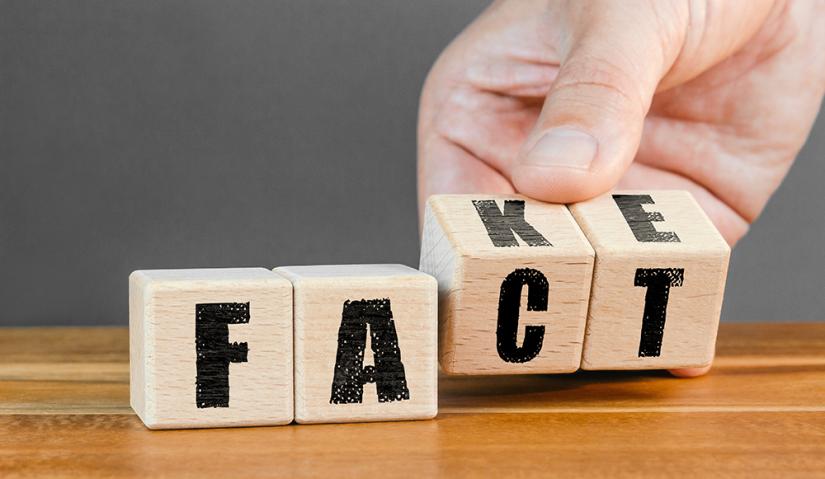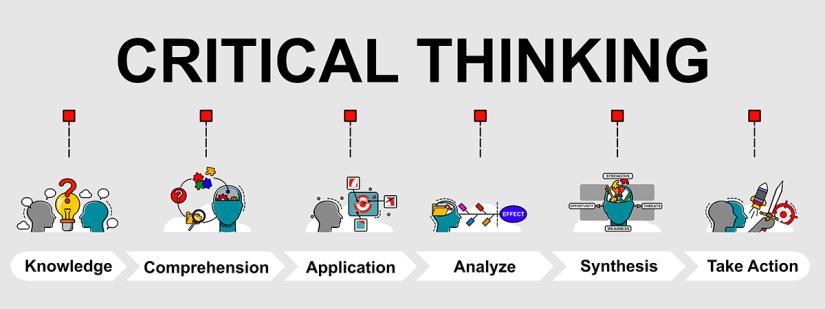Dr Jane Hunter created a blueprint for prioritising STEM learning, which has transformed teaching in hundreds of Australian schools. She’s now turning her attention to an equally pressing issue.

During the research that resulted in my book High Possibility STEM Classrooms: Integrated STEM Learning in Research and Practice, I spoke to many teachers, head teachers and principals in schools across a range of socio-demographic areas in NSW.
A concern consistently raised by educators was that the young people in their care were finding it challenging to navigate their information-saturated world.
Frequently, conversations showed teachers were troubled by their students’ ability to discern authentic sources, know whether information is rigorous, or understand how to identify and debunk disinformation and conspiracy theories they are exposed to online.
Secondary school students’ ability to find authoritative explanations beyond using simple search terms was often limited, the teachers said, there was a significant problem in understanding how to use government websites, or how to critique one source against another.
The STEM research designed to build teacher capacity in teaching and learning using a technology framework was conducted in 59 classrooms with 14 teachers across four years from 2017-20, with the findings published in a manuscript and various scholarly papers in 2021-24.
Both this large study and current research conducted in a new build secondary school in Western Sydney demonstrated the issue of problem solving and critical thinking in cohorts of young people is an increasingly pressing concern.
This comes at a time of high levels of post-COVID disengagement, shown in the second study. I found students – especially those in Years 9 and 10 – question why they need to come to school for the whole day when during lockdown and learning online they could complete all their work in 90 minutes at the start of the day.

Artificial intelligence tools like Chat GPT or collaborative websites like Wikipedia are often used by students for research and written assignments in secondary schools. This sometimes means relying on very few sources, rather than using a range of materials and making a critical judgement about found information when presenting responses.
Manipulative influencers and ‘fake news’ stories are crowding social media and young people are vulnerable. It’s becoming increasingly difficult to tell fact from fiction or to work out which side of politics is spreading credible details. Misinformation is rife.
As a result, for many young people politics is of little value and when of voting age – although enrolled to vote numbers for 18-35 year-olds in Australia are surging forward – they are susceptible to extreme views and radicalisation from online information.
There is recognition of this issue internationally. PISA, the OECD's Programme for International Student Assessment that measures 15-year-olds’ ability to use their reading, mathematics and science knowledge and skills to meet real-life challenges, last year included a new category in their assessment – creative thinking. Results for the inaugural test will offer us the first glimpse of how well young people globally are able to generate and evaluate ideas.
Lie Detectors is an independent media literacy organisation based in Europe that brings more than 250 journalists into schools to counter the effects of online disinformation and online polarisation on democracy.
Through talks from journalists and a range of published resources for teachers and students, their aim is to improve news literacy and increase awareness of online misinformation.
Young people learn how to tell whether a source is authentic, for example, by using tools such as reverse image searching. Furthermore, they are taught how to recognise conspiratorial thinking by being hyper-sceptical of all information that does not fit conventional theory, or over-interprets evidence that supports a preferred theory, and inconsistency.
In Australia, my current research is about building teacher capacity in critical thinking in partnership with Lie Detectors and interested secondary schools in NSW. Teachers are struggling with how to teach this despite the Australian Curriculum’s General Capability of critical and creative thinking requiring its assessment within learning content of all subjects. Principals and teachers are telling me there are many young people who are leaving school with virtually no capacity to critically think or problem solve constructively.
My classroom research in STEM over several years highlighted the need for an integrated, cross-disciplinary approach to transform teaching and learning in these disciplines. We will need this same active focus to counter the spread of disinformation and effectively increase the critical thinking and problem-solving skills of young people in our schools. It’s not negotiable.
Dr Jane Hunter is an Associate Professor in teacher education in the School of International Studies and Education. Her work on High Possibility Classrooms was awarded High Impact in the first Engagement and Impact Assessment by the Australian Research Council in 2019.

